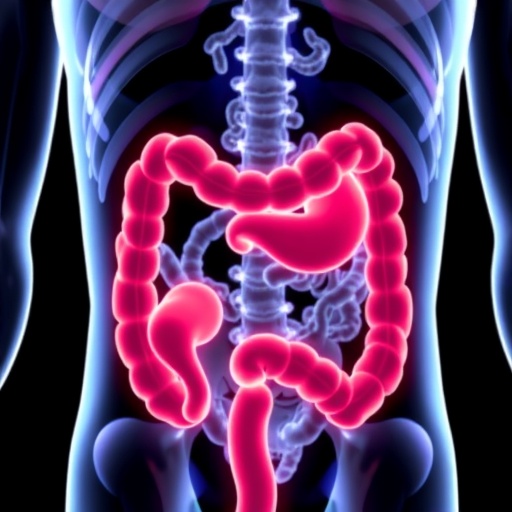Li-S batteries are considered as promising alternatives for Li-ion batteries in the new generation of energy storages, due to high specific capacity (1675 mAh/g) and energy density (2600 mWh/g) of sulfur. But the poor conductivity of sulfur and severe shuttle effect of reaction intermediates destory the stability of this system. A variety of porous carbon materials have been applied as sulfur host to improve the performances of Li-S batteries for high conductivity, specific surface area and absorption effect. However, what kind of porous carbon would be the optimal choice to accommodate active material? And Which characteristic of carbon pores should be emphasized? A team of researchers from the School of Materials Science and Engineering and School of Electronic Science and Applied Physics at Hefei University of Technology demostrated that pore size distribution substantially influences the performances of cathode rather than specific surface area and total pore volume. Furthermore, an optimized assembly of micro/meso/macroporous carbon enables cathode present greatly improved electrochemical performances, in which micropore-volume-ratio to the total pore volume dominates cycling stability of batteries, meso/macropore-volume-ratio influences spaces for sulfur loading and channels to ion transfer. This research provides a direction of fabricating porous materials for energy storage.The report appears in the latest issue of the journal NANO.
Based on the traditional S/C cathode, the effects of surface area, total pore volume and pore size distribution of carbon pores on performances of Li-S batteries are compared. In addition, on the premise of identically high sulfur content, the relation of the micro/meso/macropore volume ratio with the capacity, voltage plateau, rate capability, and cycle stability of Li-S battery are investigated. Among the samples, the porous carbon possesses the largest micropore volume ratio of 47.54% while a medium specific surface area of 1217 m2/g and inferior total pore volume of 0.54 cm3/g presents the highest initial discharge specific capacity of 1327 mAh/g and retention of 630 mAh/g over 100 cycles at 0.2C rate along with the best rate capability. The conclusions in this study can be directly applied in material fabrication for other systems of energy storage and even as criterions for further modification of Li-S batteries based on carbon material.
###
This research was supported by the "Strategic Priority Research Program" of the Chinese Academy of Science (NO. XDA03040000) and the Fundamental Research Funds for the Central Universities (NO. 103-4115100010) of China.
Additional co-authors of the NANO paper are Min Zuo, Jing Zhang, Yiqin Huang, Peiwen Bai, Jiaqi Xu, Kuan Zhou.
Corresponding author for this study is Heqin Li, [email protected].
The paper can be found in the NANO journal.
Media Contact
Chin Wanying
[email protected]
656-466-5775
@worldscientific
http://www.worldscientific.com
############
Story Source: Materials provided by Scienmag




